The Spectrometers for Sky-Scanning, Sun-Tracking Atmospheric Research (4-STAR) is an airborne sun-sky spectrometer that measures direct solar irradiance and sky radiance. These measurements can be used to retrieve column-integrated information on aerosols, clouds, and trace gases such as aerosol optical depth, extinction, and single scattering albedo. 4-STAR operates in the 350-1650 nm wavelength range and has a typical horizontal resolution of about 100 m.
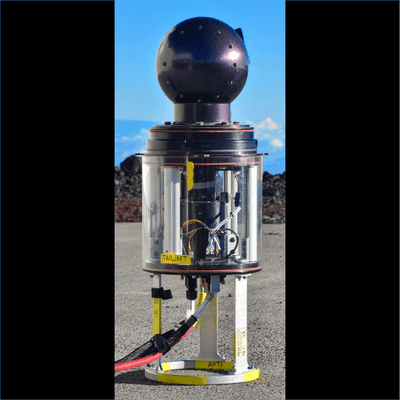

Instrument Details
- Spectrometer/Radiometer
- Earth Science > Atmosphere > Aerosols > Aerosol Optical Depth/thickness > Angstrom ExponentEarth Science > Atmosphere > Atmospheric Chemistry > Trace Gases/trace SpeciesEarth Science > Atmosphere > Aerosols > Aerosol ExtinctionEarth Science > Atmosphere > Atmospheric Water Vapor > Water Vapor ProfilesEarth Science > Atmosphere > Aerosols > Aerosol Optical Depth/thicknessEarth Science > Atmosphere > Atmospheric Chemistry > Oxygen Compounds > OzoneEarth Science > Atmosphere > Atmospheric Chemistry > Nitrogen Compounds > Nitrogen DioxideEarth Science > Atmosphere > Clouds > Cloud Microphysics > Cloud Liquid Water/iceEarth Science > Atmosphere > Clouds > Cloud Dynamics
- Column Integrated
- 0.1-4 Hz
- 100 m
- 182-856. THz
- https://doi.org/10.3390/rs5083872
Meloe S. Kacenelenbogen, Stephen Broccardo, Phillip B. Russell, Jens Redemann
Meloe S. Kacenelenbogen
NASA, DoE
NASA, DoE, Battelle’s Pacific Northwest Division, NOAA
 Douglas DC-8 45 Campaigns · 182 Instruments |  Studies of Emissions and Atmospheric Composition, Clouds and Climate Coupling by Regional Surveys 2013 North America including portions of Canada, Mexico and the Gulf of Mexico 1 Deployment · 20 Data Products
 Korean United States - Air Quality 2016 South Korean peninsula, including surrounding seas 1 Deployment · 20 Data Products
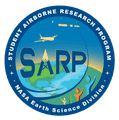 Student Airborne Research Program 2009—2026 Southern California, Virginia Ongoing 19 Deployments · 25 Data Products
| ||||||||||||||||||||||||||||||||||||||||||||||||
 C-130 Hercules 17 Campaigns · 97 Instruments |  North Atlantic Aerosols and Marine Ecosystems Study 2015—2018 Northwestern Atlantic Ocean 4 Deployments · 13 Data Products
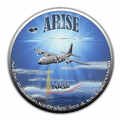 Arctic Radiation - IceBridge Sea and Ice Experiment 2014 Alaska, Beaufort Sea 1 Deployment · 5 Data Products
| ||||||||||||||||||||||||||||||||||||||||||||||||
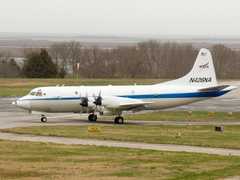 P-3 Orion 30 Campaigns · 153 Instruments | 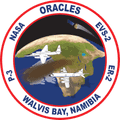 Observations of Aerosols above Clouds and their Interactions 2016—2018 Southeastern Atlantic Ocean, Southern Africa 3 Deployments · 8 Data Products
 Student Airborne Science Activation Program 2022 Mid-Atlantic, Wallops Flight Facility 1 Deployment · 0 Data Products
|
Filter data products from this instrument by specific campaigns, platforms, or formats.